How a research session no-show gave us some great insight into our project
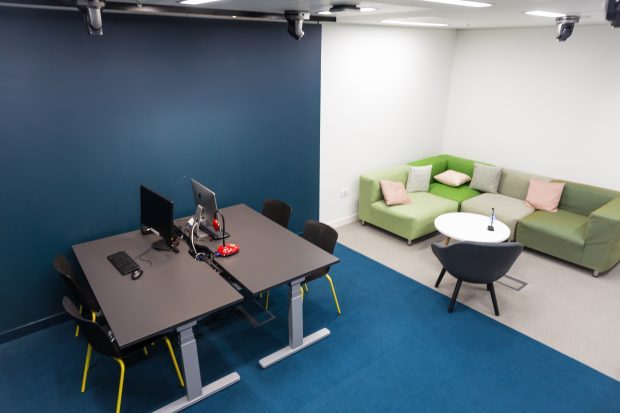
How a team at NHS Digital turned a research session no-show into an opportunity to learn.

How a team at NHS Digital turned a research session no-show into an opportunity to learn.
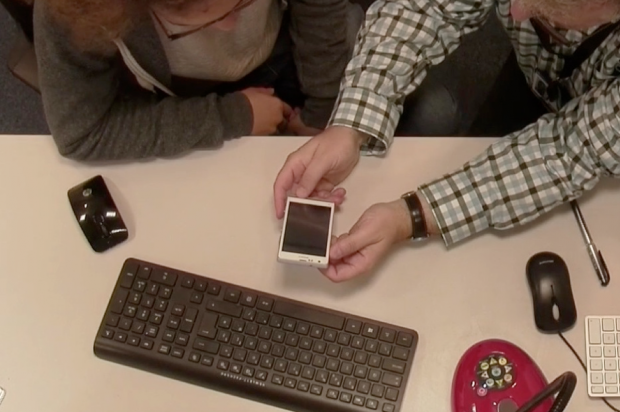
Carrying out user research on the devices people actually use in real life - such as mobile phones and tablets - will help make the interactions you see in user research as natural as possible. Here's how we approach this.
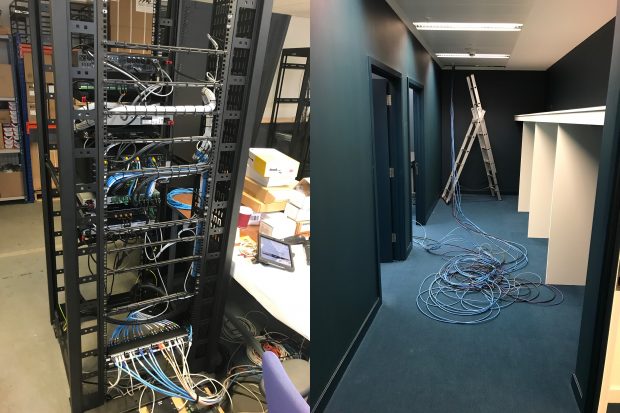
When GDS moved to our new offices, we needed to rebuild our user research lab. We started with the needs of the people who use the lab.
![A screenshot of a webchat process for advisers and potential adviser responses. The text reads: Adviser process: Greet user / ask what their problem is Ask for car reg Ask for date they want to pay for Ask for their credit card number Ask for their expiry date Ask for their security code Try to process the transaction Process this - it works! Give them a transaction reference Close the chat Wait 10-20 seconds before responding each time Make sure you close the chat at the end! Potential adviser responses: [Hi you’re chatting with xxxxx. What can I do for you today?] (prefilled) OK. I can help. What’s your car registration? What date do you want to pay for? That will cost £2.50. Can I take a credit card number? And the card’s expiry date? And the security code - the last 3 digits on the back of the card? Thanks. Let me process this now. The transaction has been processed. Your reference number is 8QU45337.](https://userresearch.blog.gov.uk/wp-content/uploads/sites/102/2016/12/webchat-roleplay-photo--620x562.png)
In our recent webchat alpha we looked at whether there are common webchat needs across government. We also investigated what opportunities there might be to meet those needs in a more consistent way. This involved lots of user research including …
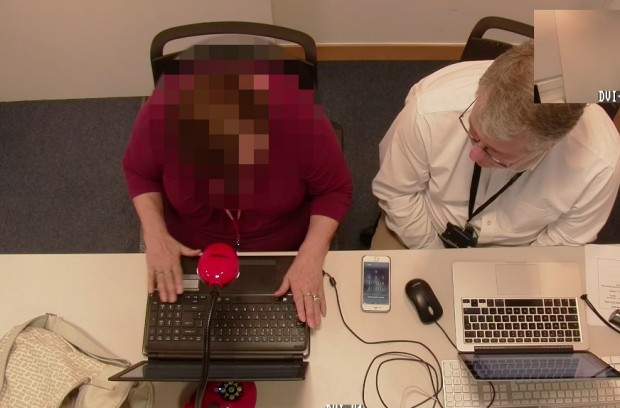
Government services should be usable by as many people as possible, including those who are disabled. It’s our sixth design principle.

To get my confession out of the way up front - I’m not a user researcher. I’m a content designer who’s had the benefit of working with world-class user researchers. I’ve learnt a lot from my time in user research …
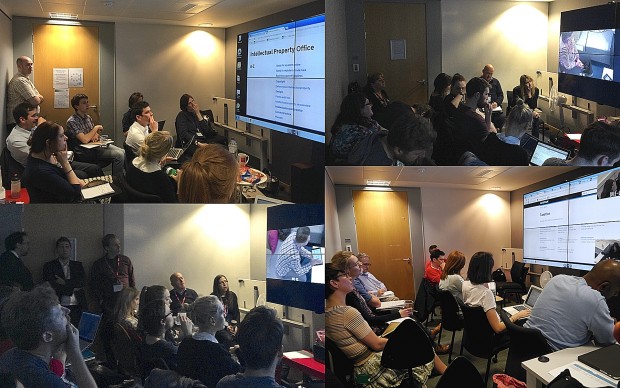
If you're thinking about building a user research lab, here are some important things you should think about and do. And it's not about tech.
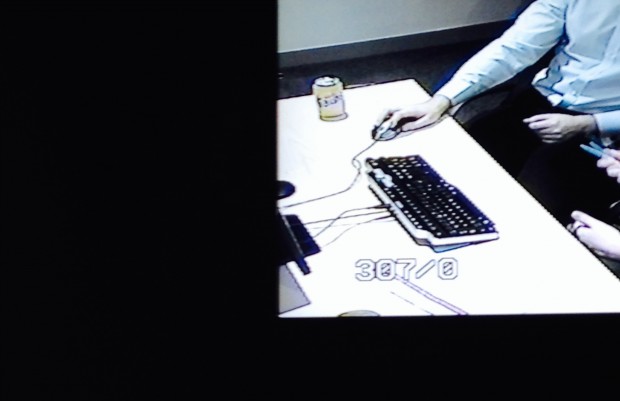
When we built our user research lab, we avoided putting white work surfaces in the research space as much as possible. This is because white surfaces glare.

We had a couple issues with the sound in our lab's research studio - the space in which we research with users - which we’ve dramatically improved. In this post, I’ll share what was causing those problems and how we fixed them.
We originally published this blog post about 4 months ago on a makeshift Tumblr, which we used to journal the building of our lab.